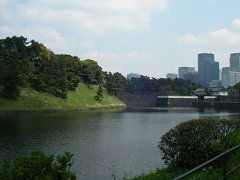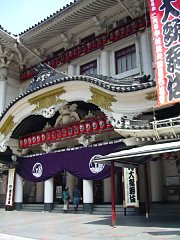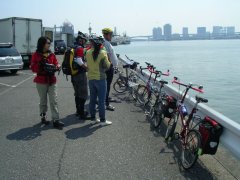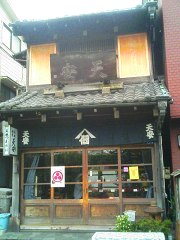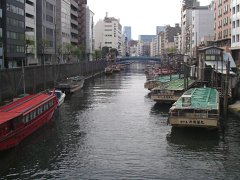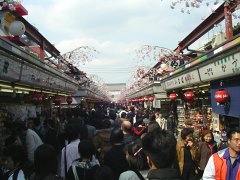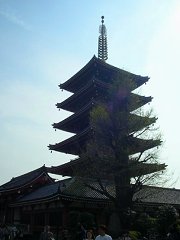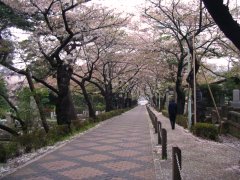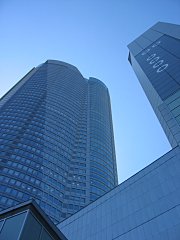Let's Go !
Akasaka - Ginza - Toyomi Pier - TsukudaJima
Todays course started off from at Y's Road Akasaka, a bike shop located in Tameike-Sanno, near Akasaka. We head towards the Imperial Palace, on to Harumi-Dori through Ginza towards our first stop which is Toyomi Pier. We pass the Prime Minister's office and the Diet Building, and ride along the Imperial Palace along the way.
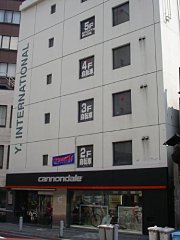
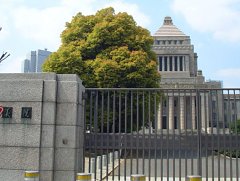
MAP ID:Start
’╗┐[Y's Road Akasaka (formerly Y's Academy)]
Y's Academy, located in Tameike Sanno (in front Subway Sta, exit 11) is one of several shops in the Tokyo area of the Y's International group. They specialize in road racers, mountain bikes, folding bikes as well as city bikes. Y's Academy also does bike rentals, either half day or one day.
2-10-1 Akasaka, Minato-ku, Tokyo Japan
TEL:03-5545-1525
Open Hours 11:00-20:00 (weekdays, Saturdays’╝ē
ŃĆĆŃĆĆŃĆĆŃĆĆ 10:00-19:00 (Holidays, Sundays)
http://jitensya.co.jp/group/shops/academy/top.htm
